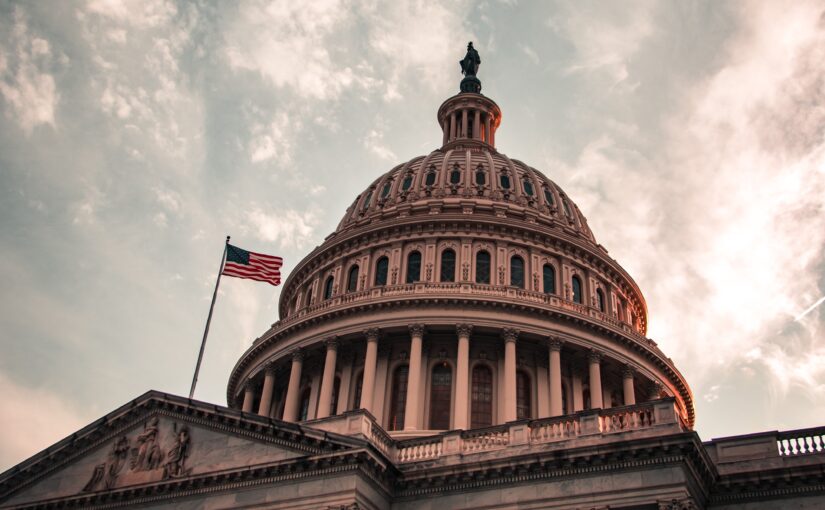In general, the broad aim of regulation is to organise the relationship between persons and to protect their rights and interests in society. However as we have discovered, this has not been the case within the cryptocurrency space.
It has been almost 15 years since Satoshi Nakamoto published the Bitcoin whitepaper. Since then, this seminal document posted on a mailing list, catalysed the emergence of an entirely new-transnational field. Considering the substantial time that has passed and the widespread popularity of cryptocurrencies, one would expect regulators to have at least figured out ‘how’ and ‘what’ to regulate, right? But it appears not so. Regulators do not seem to want to provide long-term, serious solutions, but rather a collection of outdated bandages of reactions that mostly portray the illusion of a solution, with not-so-hidden intentions in mind.
The cryptocurrency ecosystem itself has often been compared to the Wild West. Nevertheless, this also applies to its journey to be regulated. A journey full of ill-suited regulatory approaches that resulted in a plethora of dilemmas. We explore this tension between the technology and regulation in our latest paper “Shaping Cryptocurrency Gatekeepers with a Regulatory ‘Trial and Error’”, with a primary focus on the Financial Action Task Force’s recommendations, and the EU’s 5th Anti-Money Laundering Directive.
Historically speaking, it was only after the rising popularity of the Silk Road and the collapse of the most popular (at the time) exchange Mt. Gox, that regulators realised that they needed to take action. The advertised main objective here is the curbing of criminal activity and providing regulatory protection to consumers/users. However, until only recently, most of the regulatory steps taken by most regulators choosing to act, were approaches mainly targeting money laundering and terrorist financing, with other limited initiatives here and there. Whilst this approach might have had some potential benefits, it was not 1. comprehensive, 2. global, 3. stable/constant, or 4. tailored to address the specific risks and characteristics of cryptocurrencies. In other words, different regulators have been testing diverse approaches, simultaneously, without engaging with one another, and without properly acknowledging the true needs and risks of the ecosystem.
Continue reading A Regulatory “Trial and Error” Phase Shaping the Cryptocurrency Ecosystem









